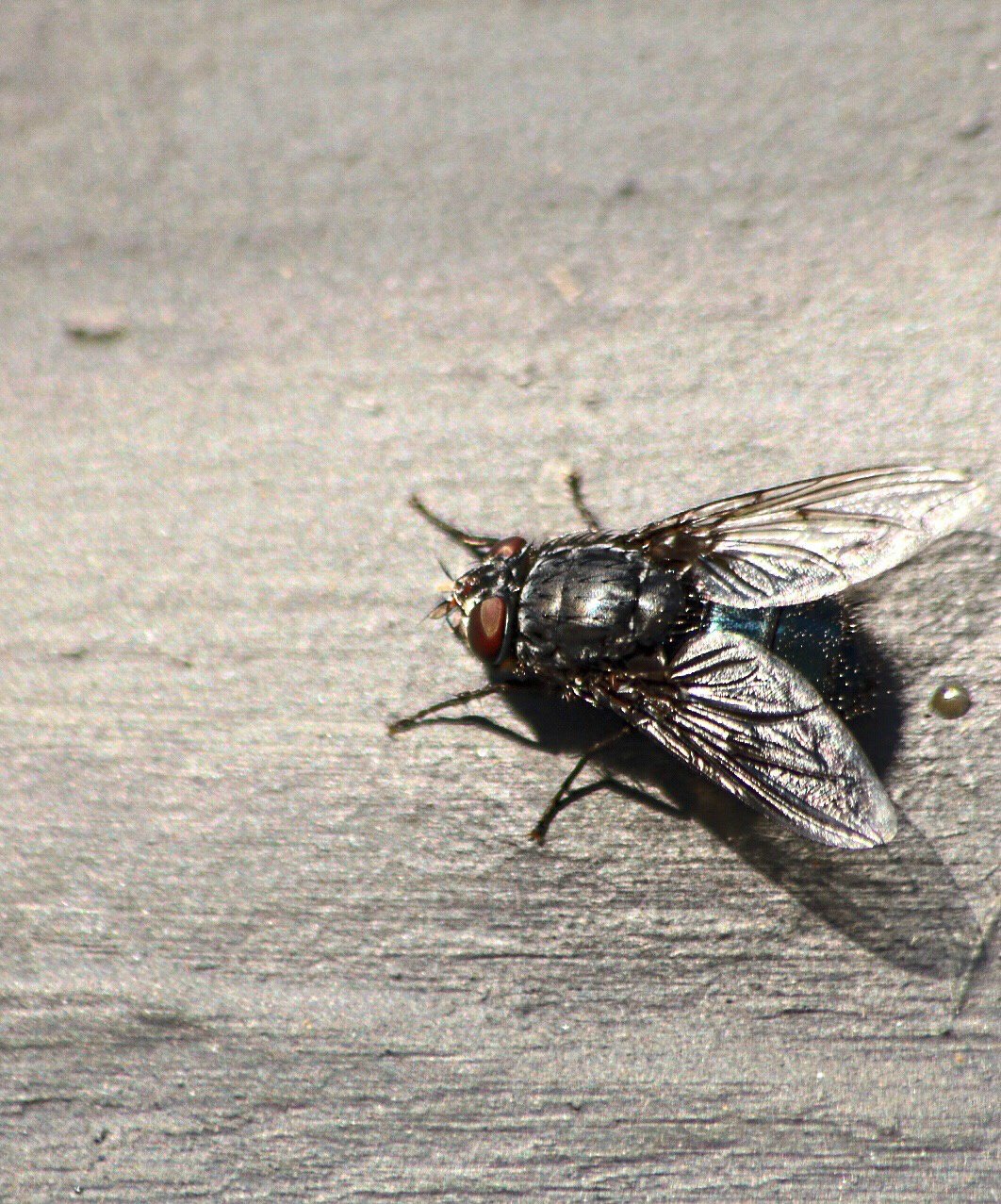
Bees
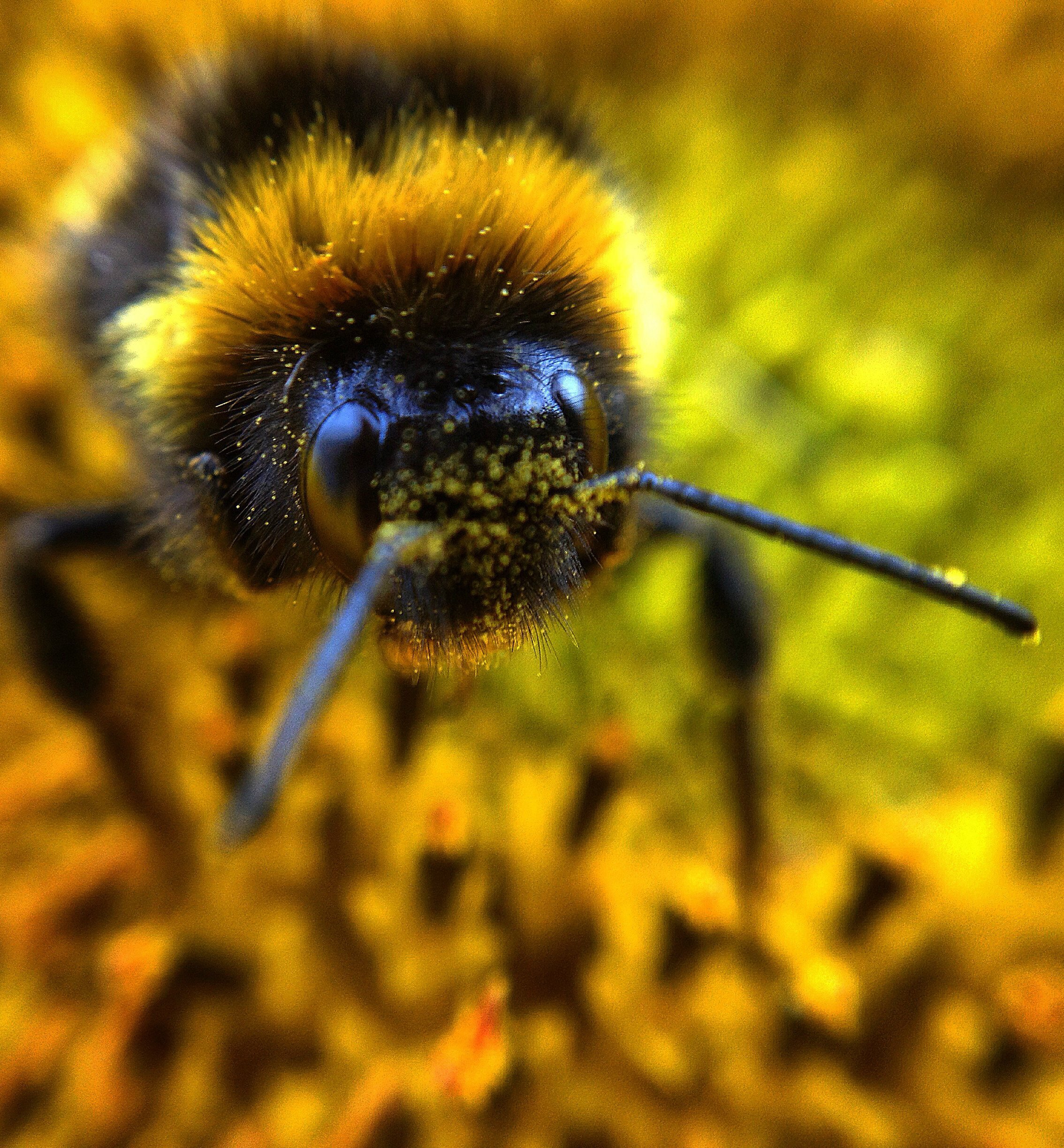
For a lot of modern urban and suburban dwellers, insects and bugs are intolerable pests. But a lot of the creepy crawlers that come into our homes and gardens pose no threat and are actually quite good for us and the world around us.
Sure, bees sting when under threat. And for some children, a bee sting poses a major life threat. But consider letting them do their thing, which is to build hives and pollinate our gardens. In fact, the U.S. Department of Agriculture is getting serious about not killing bees, whose populations have seriously declined recently.
Spiders
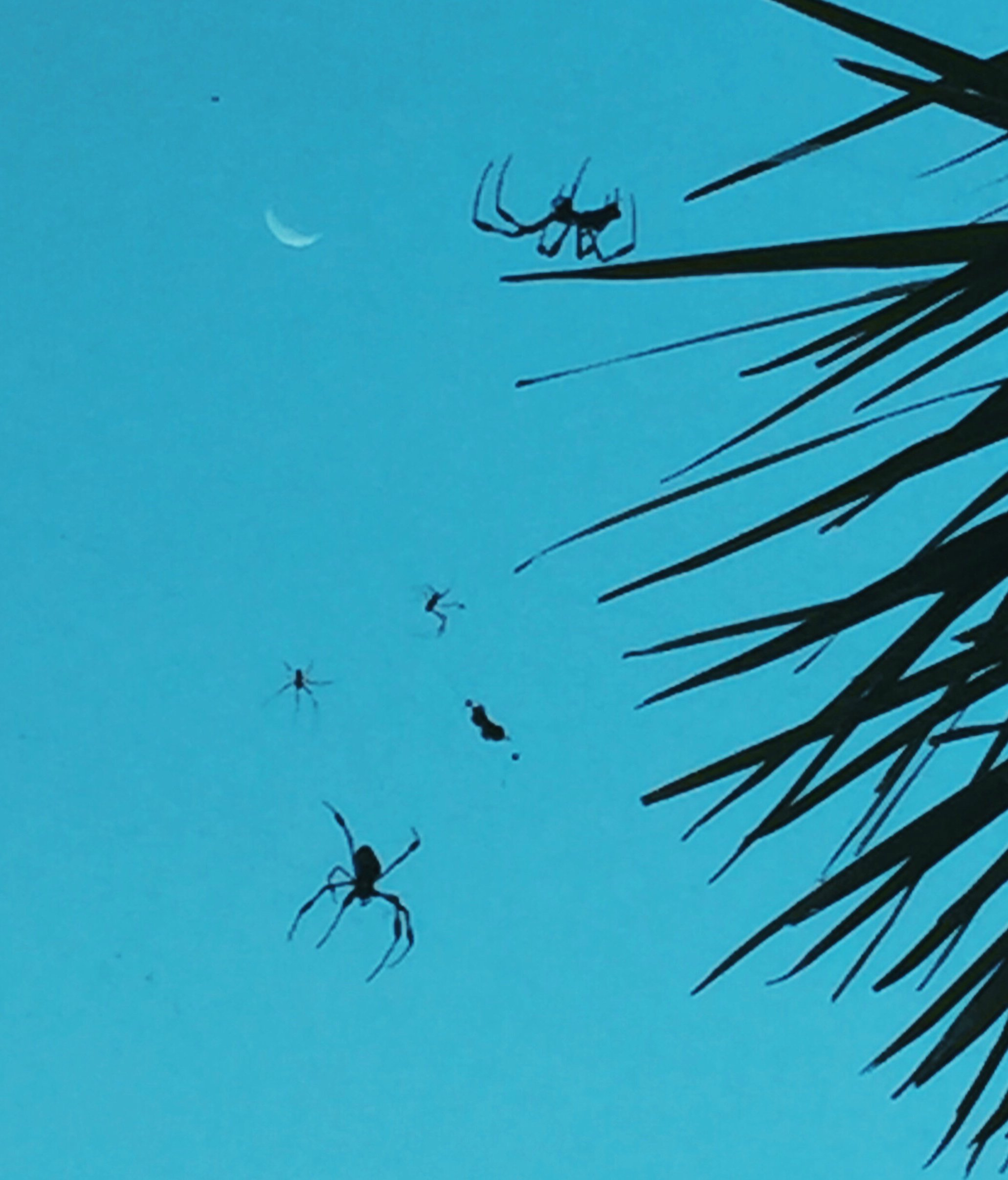
Everyone has that friend who refuses to smash spiders creeping along the ceiling and instead initiates a trap-and-release plan. That friend is annoying but also right: Common house spiders should be on your "do not kill" list. They're not a threat. If you don't like bugs in general, they'll help you get rid of them. Win-win.
Ladybugs
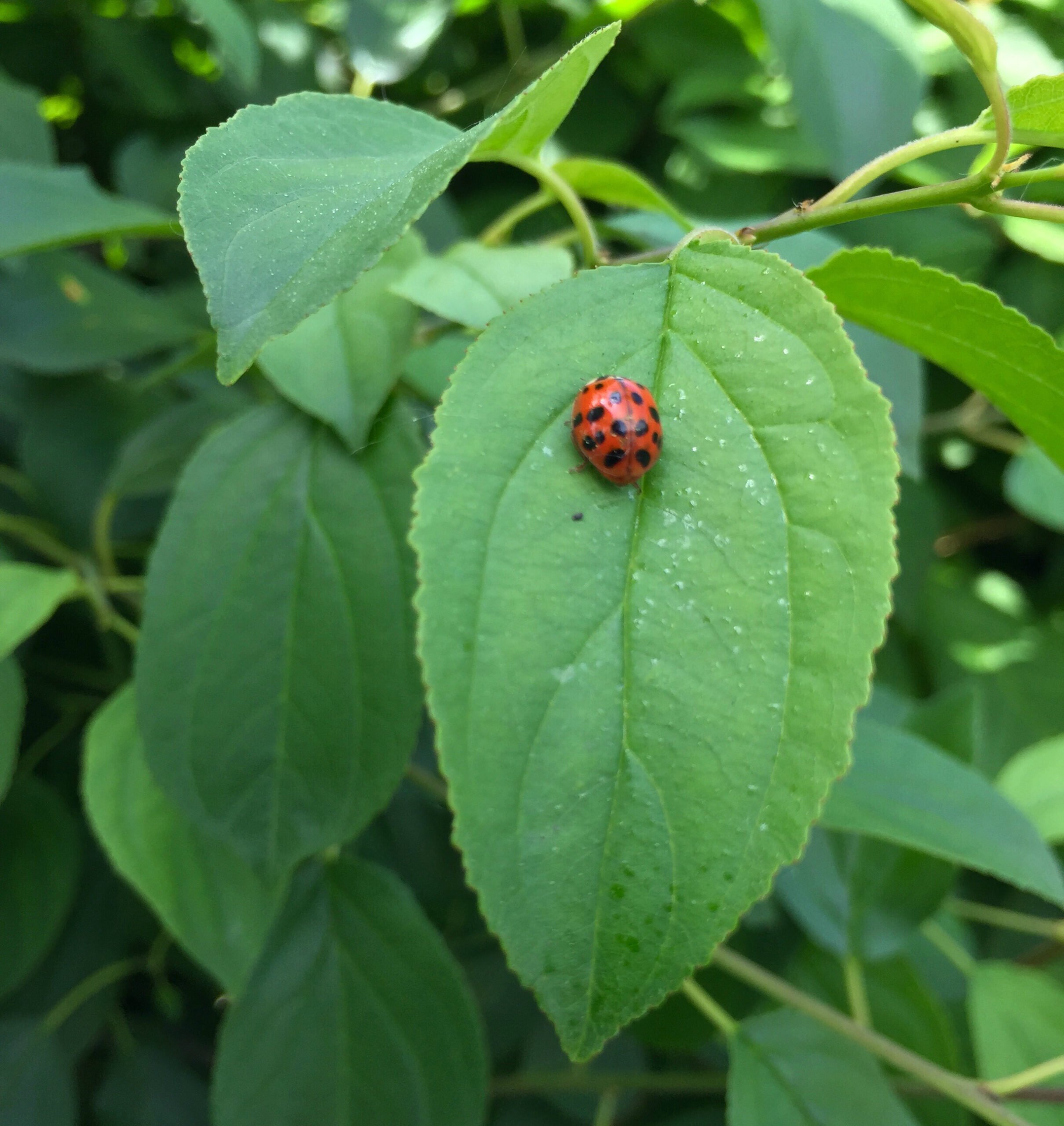
Like spiders, ladybugs eat other bugs and help to keep the whole ecosystem in balance, especially in your garden. Adults and larvae eat super small pests, such as aphids, which destroy leaves and plants if the get overly abundant.
Praying Mantis
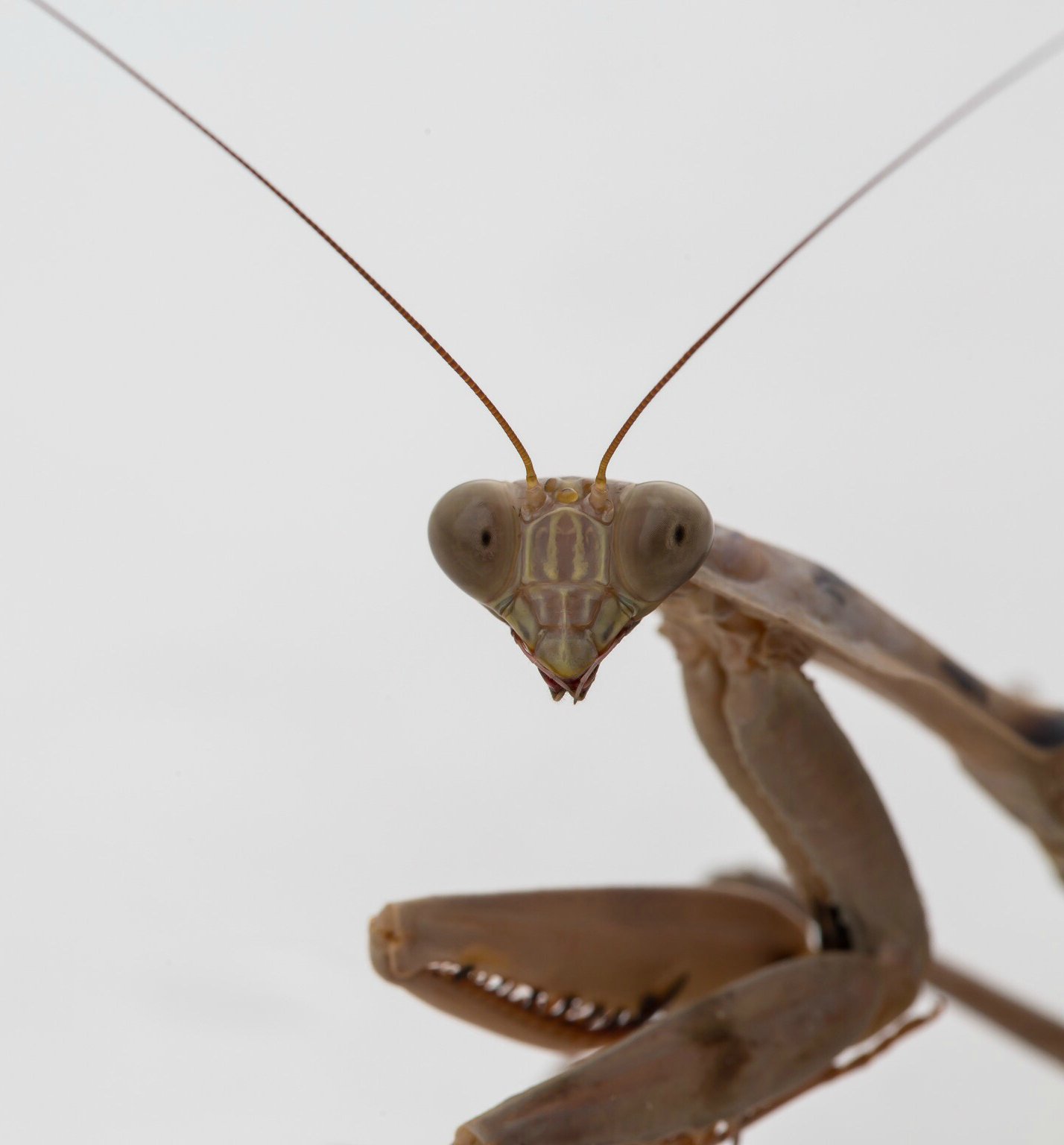
Though closely related to cockroaches and termites, praying mantises are not worth calling the exterminator over. In fact, you should encourage them to live. Their abilities make them excellent predators and their eating habits make them a natural pesticide. If one gets in your house, catch it in a bowl or jar and let it go outside.
Daddy Long Legs
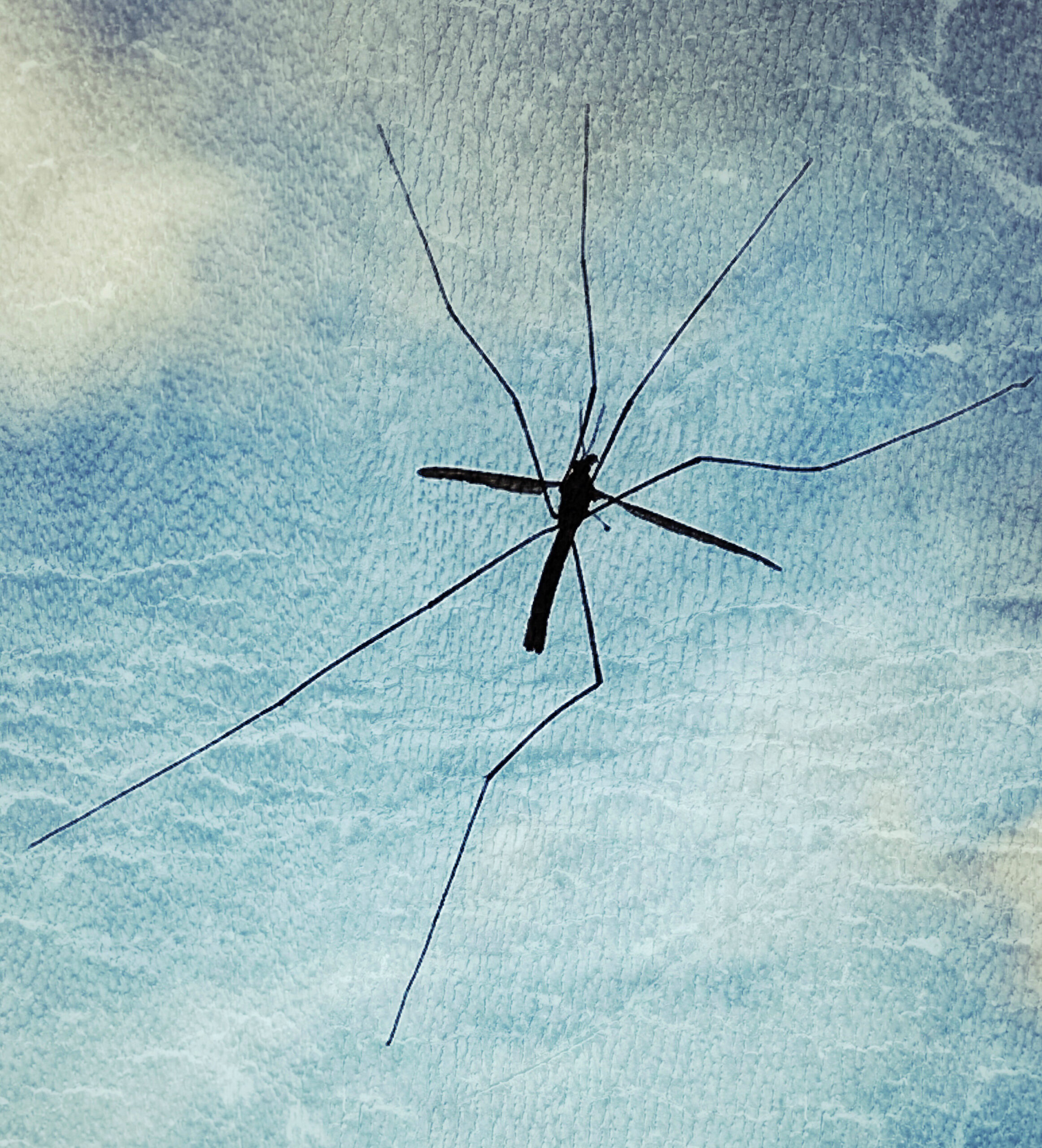
Daddy long legs, while spider-like, are not technically spiders. But like common household spiders, you should leave these guys alone if you spot them in your house. They aren't poisonous to humans and basically couldn't even really bite us (their mouths are too small). They prefer eating fruit and other insects, which they'll happily catch and rid your home of.
Earwig Pincher Bugs
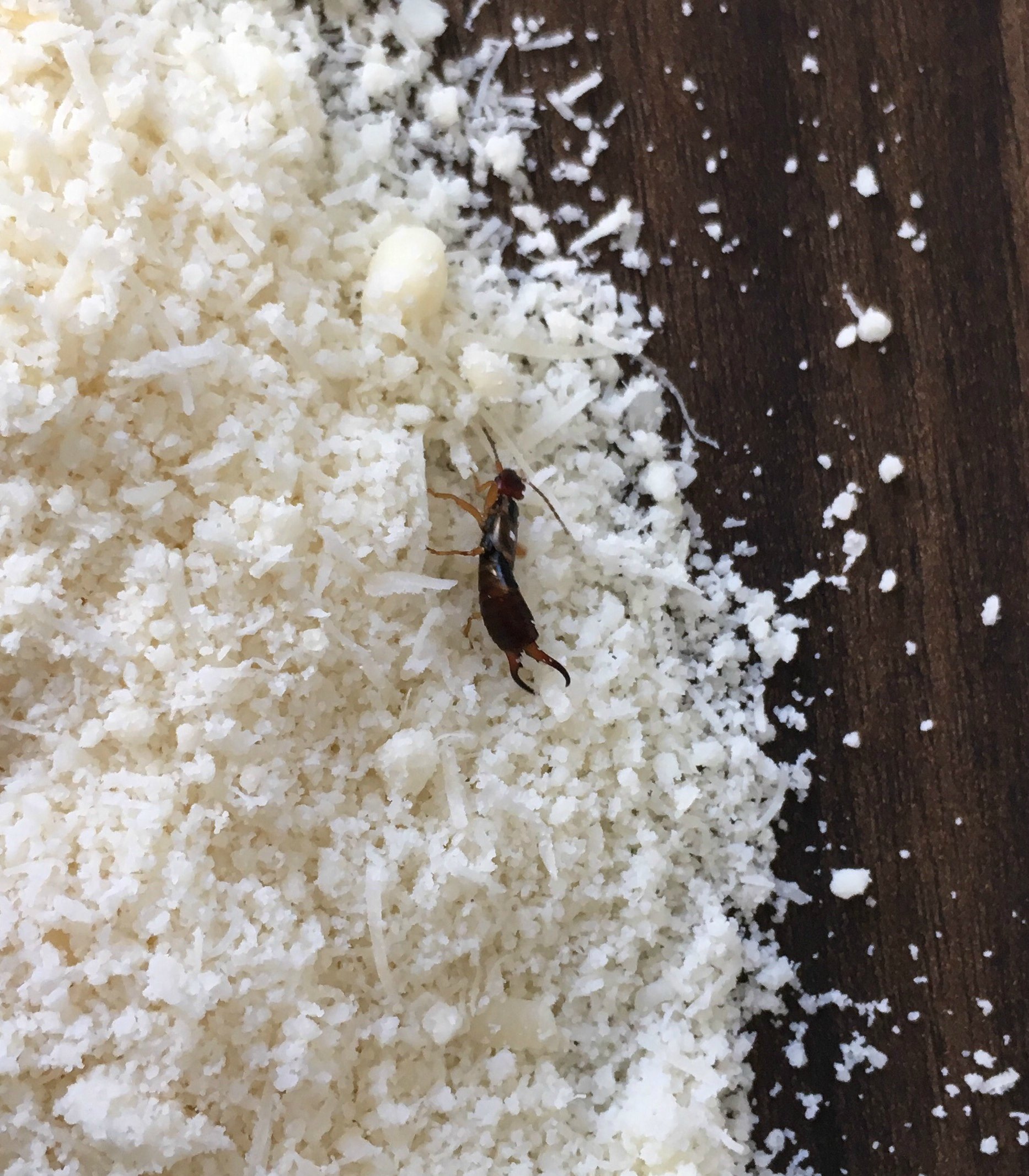
Earwigs seem like they should be dangerous. They're certainly gross to look at, what with that enormous pincer. But don't sweat them, just leave them alone. They use their mighty looking pincers to defend themselves, not harm their good human hosts. And like good guests, they clean up after themselves and others, eating dead insects and decomposing plants in your garden.
Stinkbugs
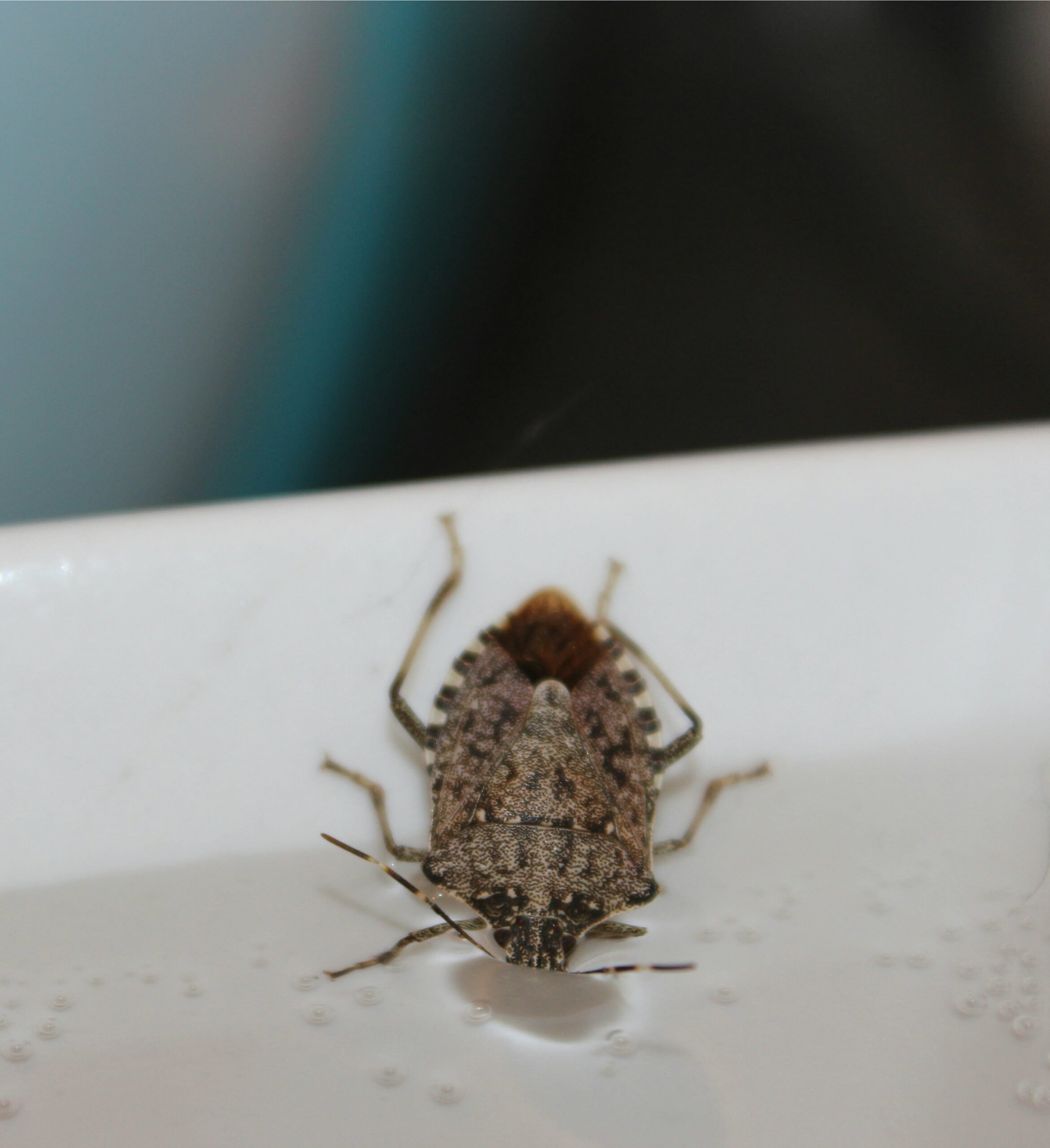
Stinkbugs, the scourge of church basements and old houses! If you try to squish them or even go after them with bug spray, they'll release a foul odor as their defense mechanism and then you've got squished bugs AND a weird smell to contend with. In the fall, they come in from outdoors to find a warmer place. So, make sure you've got things sealed up and then you won't have to worry about getting rid of them.
Green Lacewings
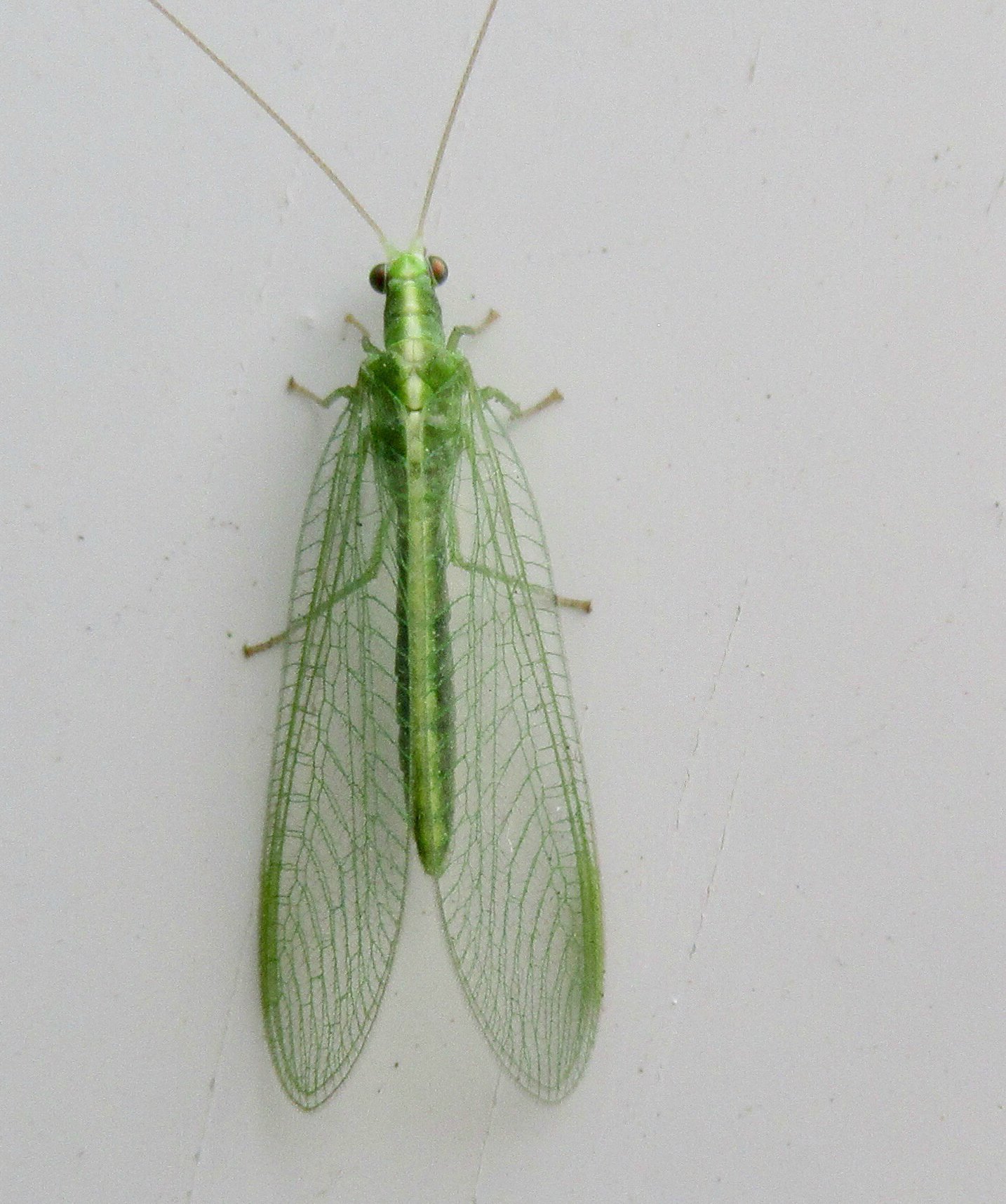
Green lacewings are also equipped with a stink defense mechanism. But since they cause no harm to you or your garden, they too are best left unmolested. In fact, some people do what they can to keep them in their gardens, because their larvae have a huge appetite for aphids, spider mites, thrips, leafhoppers, white flies and even some small caterpillars, among other actual pests.
Wasps
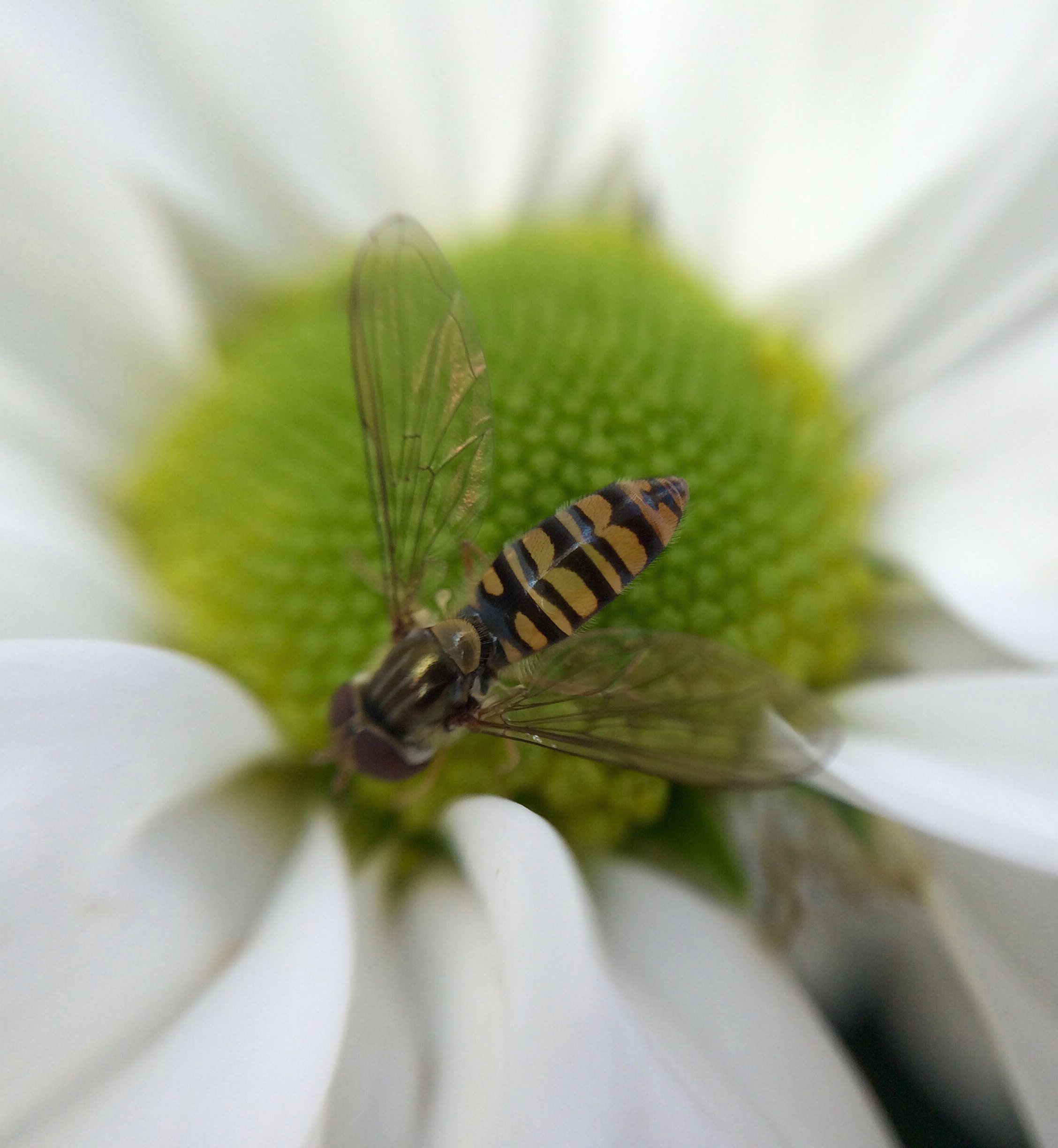
Of course, you have to know where your tolerance thresholds are. But it turns out there may be some benefit to letting wasps, which are the big daddy of insect nuisances, live. The adult female injects her eggs into garden-wrecking insects like caterpillars, moths, some beetles and aphids, which may be of help to your yard and garden.
Beetles
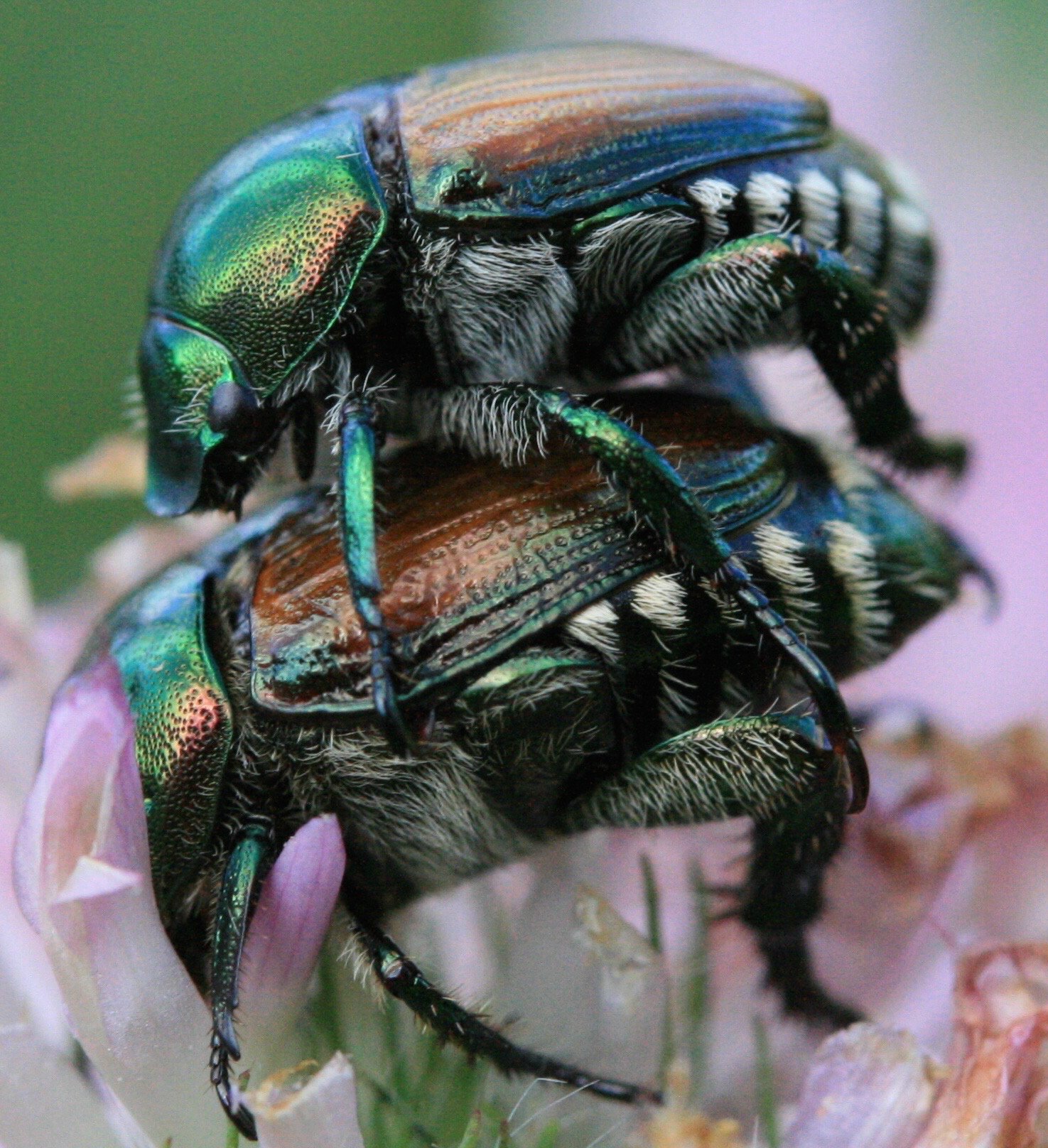
Ground beetles are pretty to look at and are kind of like your mini, individualized, transient composter. They're also predators that have a voracious appetite for slugs and snails, which have no respect for your pretty garden. They eat other harmful things that live in the soil like maggots and cutworms. And one beetle can apparently eat more than 50 caterpillars. So many leaves and roots saved!
Tachinid Flies
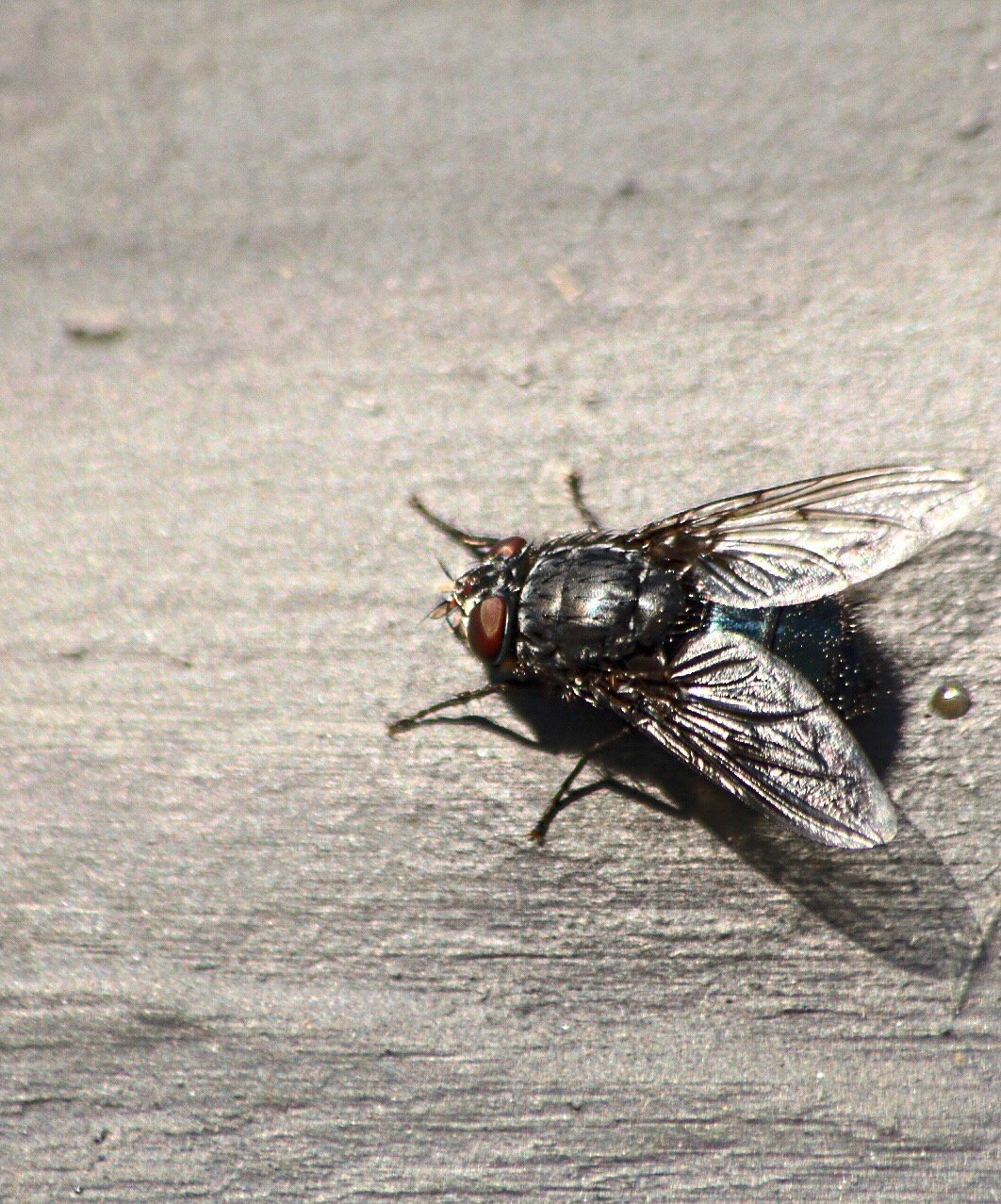
The biggest nuisance of life in the summer are flies. And there are plenty of contraptions and sprays and swatters to make sure we're not inundated at the garden table or, inside, where you just want to enjoy some open windows. But it turns out, flies have a purpose in the ecosystem, so we should get rid of them all. The tachinid larvae, for example, burrow into caterpillars, which kills them and keeps them from eating your garden and flowerbeds.
Termites

But finding a new way to appreciate flies and creepy things like spiders and earwings, there are still certain types of insects that you should go after. For example, termites. They're the most destructive insect on the planet, indiscriminately chewing through wood wherever they can find it. If you suspect you've had an invasion, or spot one in or on your home, don't hesitate to call the exterminator.
Mosquitos
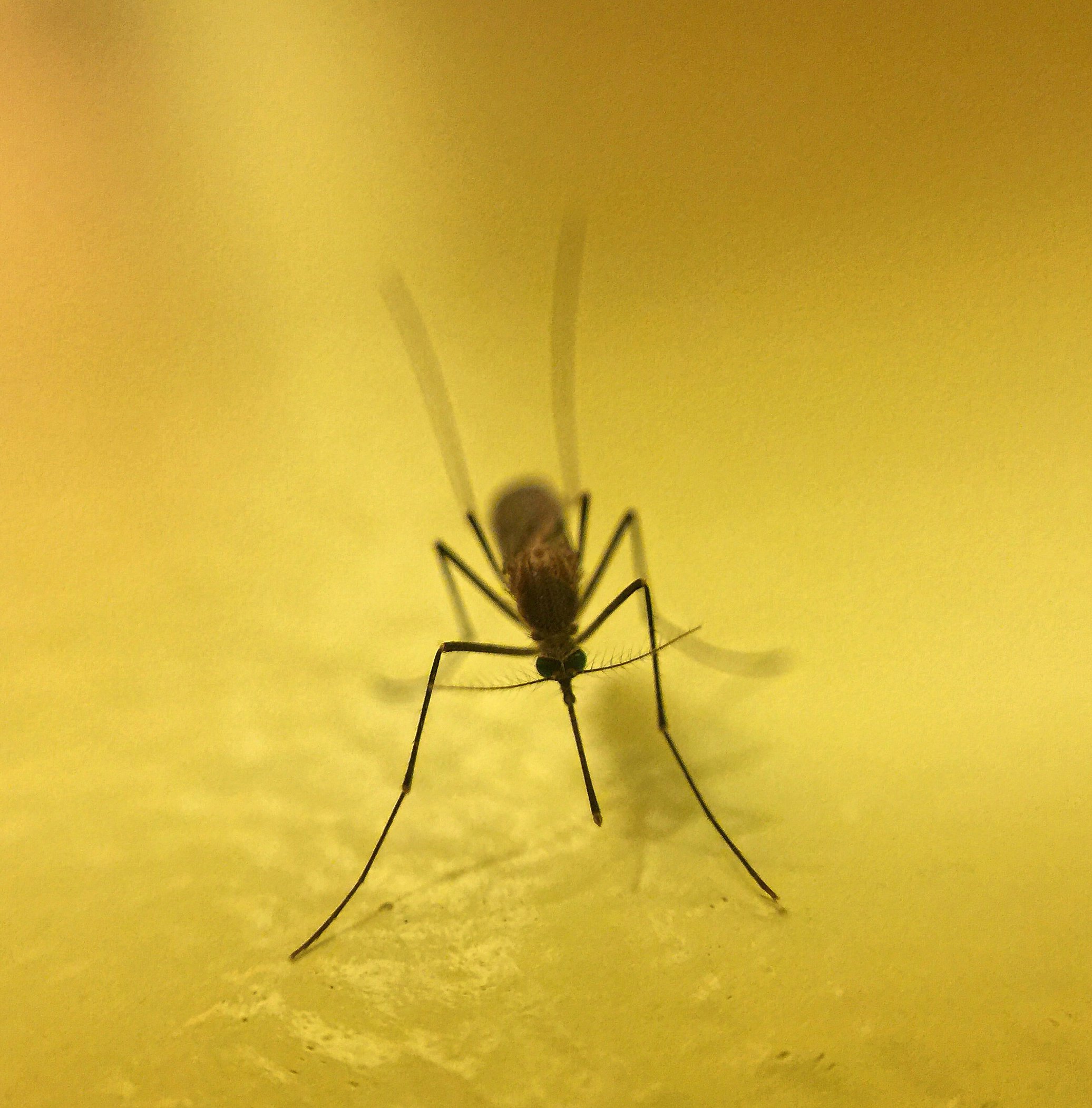
Mosquitos don't just leave big welts on your arms and legs from their bites, they also spread diseases, such as West Nile Virus and Zika. This makes them a threat and is grounds for eradicating them as quickly and thoroughly as you can. If you see one, look around for standing water and get rid of it. Consider calling in professionals if you see them frequently.
Black Widows
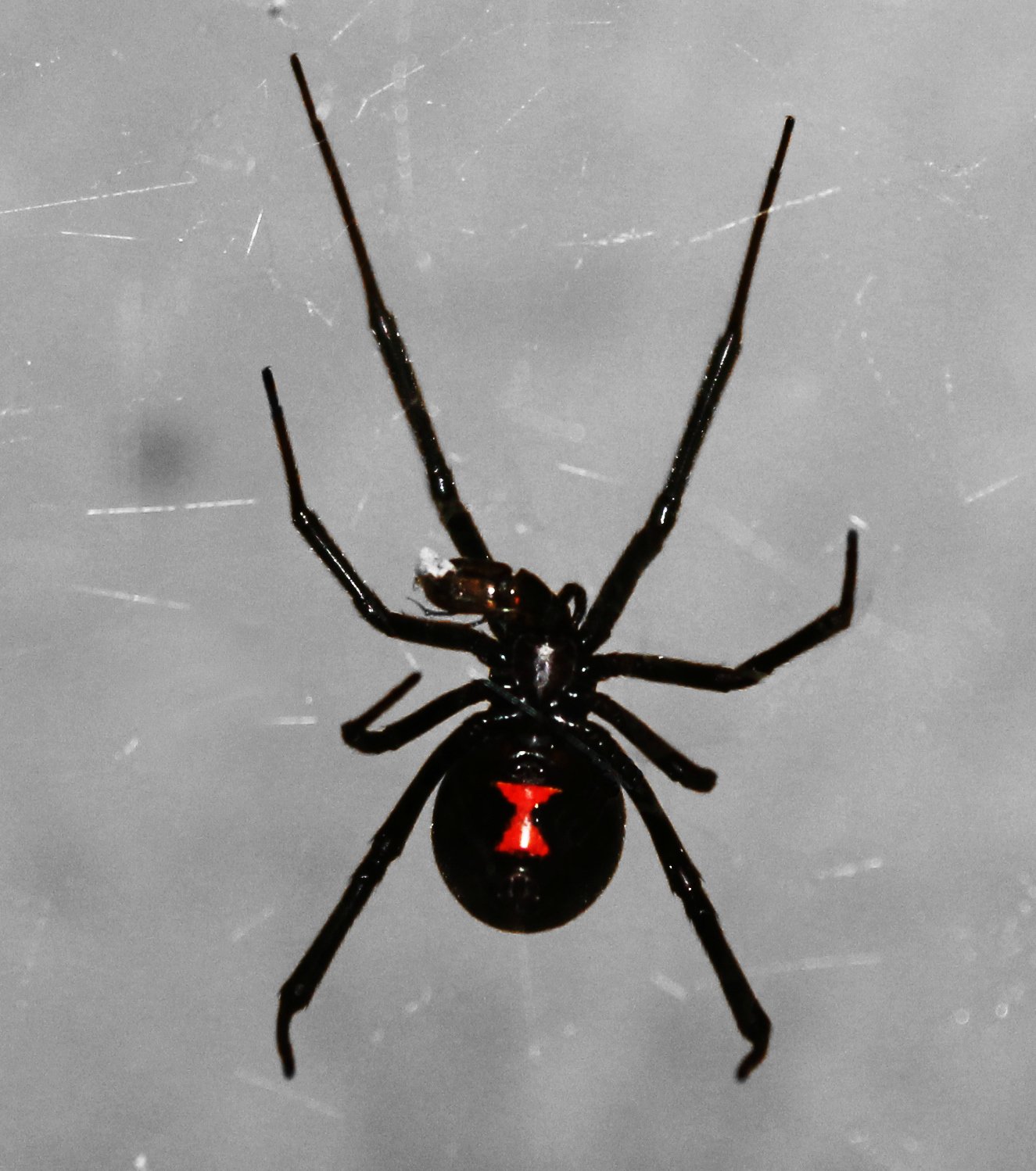
Even very avid spider lovers draw the line at black widows. They're one of the truly dangerous insects of the world. Their venom can kill a human if the bite is left untreated. It's important to learn to identify them and kill them when you see them.
Brown Recluse
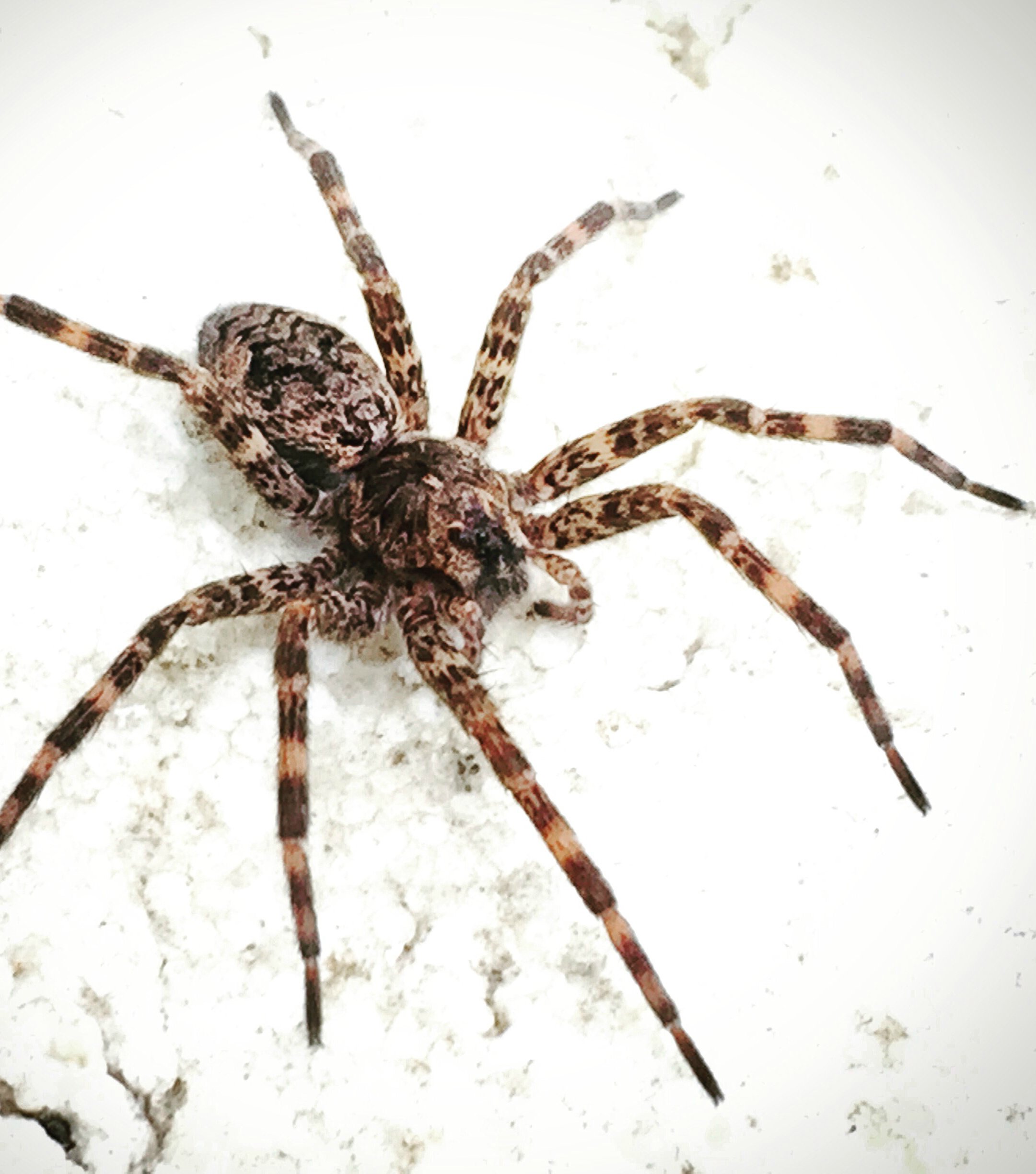
The brown recluse spider is the other dangerous spider you definitely not leave alone. They are found mainly in midwestern and mid-southern states. Though they are not as dangerous as black widows, their bites are seriously painful, can get infected if not properly treated and cause skin damage.
Lice
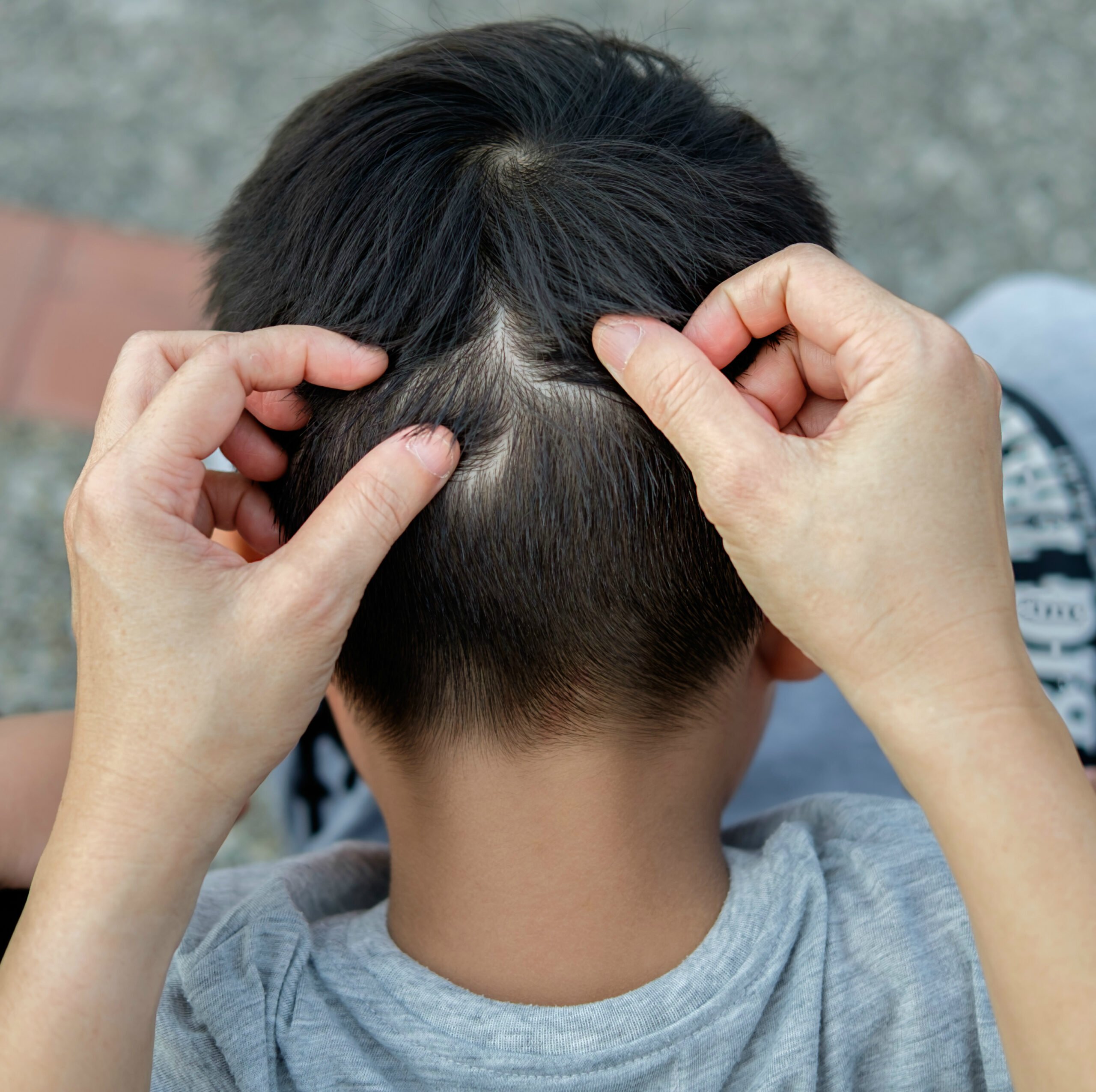
Humans have been living with lice for millennia, but don't get sentimental about these creatures: they need to die. Who knows if they'll ever be eradicated, but if your child comes home with bugs in her hair, you definitely want to wash them out with a lice shampoo, which kills the adult bugs or treat your child's hair with one of the many lice treatment methods to kill and get rid of nits and louse eggs.
Ticks

Like mosquitos, ticks are dangerous because they also carry disease, such as Lyme, a seriously debilitating virus. In addition to keeping them off your clothes and out of your hair, learn how to properly kill them if you do find one embedded in your or your pet's skin.




